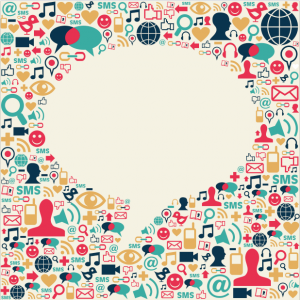What is the next big social media network? Will Facebook continue to grow or will users start abandoning it? How are users going to decide where to go next and when will they make the move? How can we keep up with it all?
After a discussion about Google+ this morning in our staff meeting, Jeremy Harper and I had a conversation where he posed all these questions. We wondered together if people would stop using Facebook, much like they stopped using MySpace, because it is becoming a “trailer park” where anything and everything pops up and junks up the news stream, including bad advertising. And that if they did stop using Facebook, would they move to Google+ where it feels more exclusive (though it is not) and there is no advertising (yet)?
Many others are asking the same type of questions. Today in the NY Times, in an article about the value of social networks, taking them public and how to know when the growth is good and when it is bad said the following:
“Every company has its own story, but the euphoria over social media companies as a group was rooted in what economists call the network effect. The more users a site attracts, the more others will want to use it, which creates a natural monopoly and a magnet for advertisers.
“Facebook has been a classic example. If your friends, colleagues or classmates are all on it, you’re all but compelled to join. But evidence that the network effect is working requires rapid growth in users and revenue, especially during the early stages of a company’s public life. So far, social media has failed to deliver the kind of growth that would bolster investor optimism, let alone euphoria.
“The network effect is a double-edged sword, Ken Sena, a consumer Internet analyst at Evercore, told me this week.
“’The network effect allowed these companies to grow so fast, but the decline can be just as ferocious,’ Mr. Sena said. ‘If any of them misstep with users, they can leave, and the network effect goes into reverse.’ The textbook case is Myspace, once the most visited social networking site, that is now a shadow of its former self.”
We can not predict what will happen next. We just know that we need to pay attention to consumer sentiment and make sure our brands are keeping up with the trends and moving with the consumers. When a new communications platform enters the realm, as users ourselves, we must jump on, play around, listen, learn the audience and determine if it is a right fit for our brand and its messages or if we wait it out. The danger in digital spaces comes from assuming anything stays the same for very long. The only thing we can count on is constant change. And that’s the fun of it.


